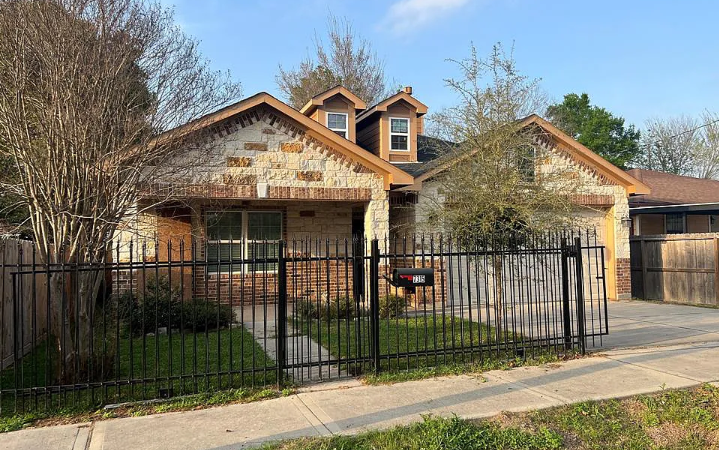Elm Street was known for its contemporary homes – sleek, minimalist, and thoroughly modern. So, when I got the listing for a centuries-old cottage in the midst of these avant-garde designs, I was both intrigued and apprehensive.
The cottage stood out, not just because of its age, but also its aura. With its thatched roof, stone walls, and an old-fashioned rose garden, it was as though a slice of the past had been planted in the future. But what truly set it apart was its reputation. Locals whispered about its “mystical qualities”.
The homeowner, Mr. Lyle, was a reclusive author. When I met him, he looked every bit the part with round spectacles, a bushy beard, and an intense gaze. He informed me that the cottage, which had been in his family for generations, had been the birthplace of countless stories, legends, and family folklore.
During the open house, visitors would often comment on the unusually vibrant atmosphere. The rooms, though old, felt alive. The air seemed to hum with creativity. Some claimed they could hear faint whispers, others said they felt an inspiring presence.
A pair of young artists, Lena and Theo, were particularly drawn to the study, a room filled with antique books, faded manuscripts, and an ornate wooden desk. They said the room felt like a portal to another world, one where imagination ran wild.
Lena and Theo made an offer almost immediately. To them, the cottage was more than a home; it was a muse. Mr. Lyle was delighted, but before finalizing the deal, he invited them for tea.
As the three of them sat in the study, Mr. Lyle shared tales of his ancestors, each an artist in their own right – writers, painters, musicians – and all had lived in the cottage. He believed the house held the collective creative energy of all its past inhabitants.
Handing over the keys, he said, “This house chooses its owners. It has stories yet to be told and art yet to be created. Treasure it, for it will nourish your souls.”
Months turned into years, and Elm Street witnessed a renaissance of sorts. Lena and Theo transformed their home into an art hub, hosting workshops, exhibitions, and readings. The cottage became a beacon for creatives, a place where ideas flourished.
One evening, as I passed by, I decided to drop in. The once silent and reclusive cottage was now bursting with energy. As I stood in the garden, watching artists of all ages lost in their craft, the soft hum of the house resonated in my ears.
The enigma of Elm Street, as many called it, was no longer just an old house; it had become a sanctuary for stories, art, and the timeless dance of imagination.

